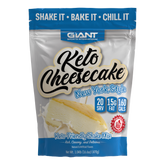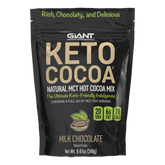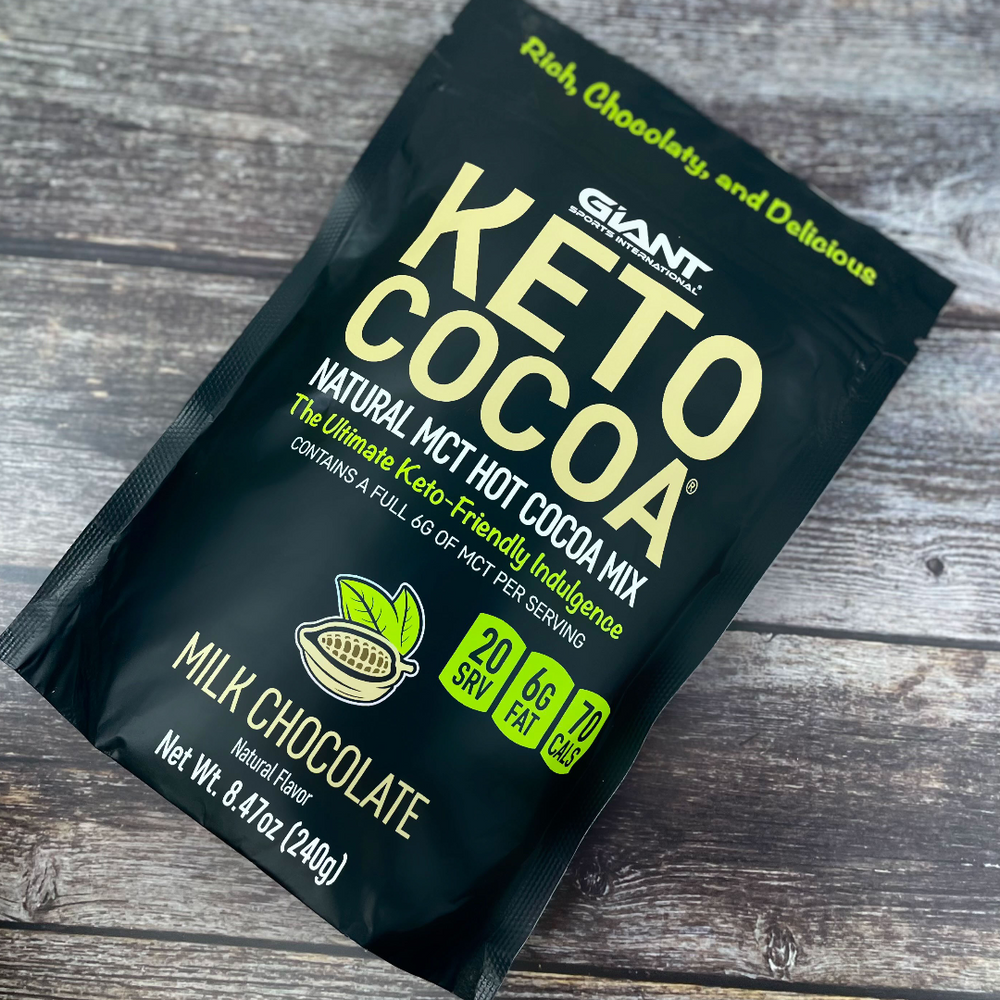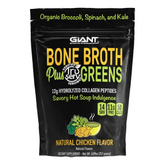Carbs in Quinoa: Is Quinoa Keto-Friendly?

Quinoa is a food that is often used as a healthy substitute for couscous and rice because it contains more protein, minerals, and vitamins. While rice and couscous are grains, quinoa is actually a seed, and it has been around since ancient times.
While it has many health benefits, people often wonder, “Is quinoa keto?” It is important to look at the nutritional breakdown and understand what quinoa is to answer this question.
Grain? Seed? What Exactly Is Quinoa?
Quinoa is a seed that is similar to grains, and it comes from the Andes Mountains in South America. It has been around since ancient times, and it is very popular among vegans and vegetarians because of its high protein content.
It comes from the quinoa plant, which is a shrub that usually grows in cool climates on mountaintops. Ancient peoples, such as the Romans and the Incas, regularly included quinoa in their meals.
Quinoa is known for its health benefits, and it contains all nine of the essential amino acids that your body needs. These are amino acids that you have to take in through your food consumption because your body is unable to produce them. This makes it a complete plant-based protein. In addition, quinoa has important minerals, such as:
- Manganese
- Magnesium
- Phosphorus
- Folate
- Zinc
- Iron
- Copper
- Potassium
Quinoa has over 120 different varieties, and it comes in a rainbow of colors. You will mostly see red, black, and white. They resemble red rice, white rice, and brown rice. There is no doubt that quinoa is a superfood, and it is called a healthy carb. It is important to examine the carbs in quinoa to determine if it will work with a low carb diet.
Carbs and Macronutrients in Quinoa
Quinoa is a great source of protein and other minerals and vitamins, and it has the following in one cup:
- 222 calories
- 39 grams of carbs
- 34 gram of net carbs
- 5 grams of dietary fiber
- 4 grams fat
- 8 grams of protein
It may contain many healthy nutrients, but quinoa is high in carbs. If you have ½ cup of quinoa, you are still taking in 17 grams of carbs, which is too much for the keto diet when you factor in your potential hidden carbs in your daily intake.
How Does the Keto Diet Work?
When people go on the keto diet, they reduce their carb intake to less than 50 grams per day, and they increase their consumption of healthy fats and protein. Carbs are converted into glucose in your body, and the glucose is the fuel that gives all of your cells and organs the energy they need to do their jobs.
However, if you reduce your carb count as you do on the keto diet, your body has a mechanism where it will produce ketones from fat and use that as energy. Once you achieve this state of ketosis, it is important to keep your carb count low enough that you aren’t kicked out of ketosis. Your body will go back to glucose if you are.
Quinoa and the Keto Diet
Quinoa carbs are generally too high for a keto diet, but there are ways that you can eat it. When you are on the keto diet, you will try to keep your carb count between 20 and 50 carbs per day. However, there are four different keto diets that people use, including the following:
- Standard keto diet
- Targeted keto diet
- Cyclical keto diet
- High protein keto diet
Everybody is different, and some people can hover closer to the 50 carbs a day range and stay in ketosis. For those people, they could eat 1.2 cups of quinoa a day and remain in ketosis. Ideally, you can mix the quinoa with other food that is no carb or very low carb to create more substance and get the health benefits of this food. You can combine it with mashed avocado, a veggie salad, or an egg.
People who are on the targeted keto diet (TKD) are normally athletes who need to maintain their performance while eating keto. They have 20 to 50 grams of additional carbs anywhere from 30 to 60 minutes before their workouts to provide fuel to their bodies. This variation is good for anyone who exercises every day, and it has room for quinoa in the diet.
More intense athletes may use the cyclical keto diet (CKD). They follow the standard keto diet five days a week and load carbs the other two. During those two days, they consume between 400 and 600 grams of carbs with low fat to replenish their glycogen stores.
The high-protein keto diet is mostly used by bodybuilders. With this version of the keto diet, you increase your protein to 30%. The protein should come from meat, fish, and dairy, as well as nuts and seeds. However, it keeps the carb count low, so you won’t be able to have quinoa on this diet.
When to Avoid Quinoa on a Low Carb Diet
Although quinoa is a nutritional food, it is not going to work for a low carb or keto diet most of the time. When you are on the keto diet, you need to keep your carb count between 20 and 50, including hidden carbs. That means that eating 34 carbs in a cup of quinoa or even 17 in ½ cup has a high risk of pushing you over your limit.
You should only consider quinoa if you are on the targeted keto diet or the cyclical keto diet. Otherwise, there is a good chance that quinoa will push you over your limit.

Alternatives to Quinoa
When people are on a low carb diet, they often look for alternatives that will fill them up and have a similar texture and feeling of eating quinoa. Fortunately, there are a few options here. You can choose from the following foods for alternatives with fewer calories and carbs.
- Riced Cauliflower
Riced cauliflower is one of the best alternatives to quinoa, with a similar texture and appearance, but much fewer carbs and calories. In fact, it has only 13 calories in ½ cup. You can chop up a head of cauliflower and grate it. Then cook it over medium heat with oil. When it is tender and browned, it will be ready.
- Riced Broccoli
Broccoli is another cruciferous vegetable, and it is low in carbs. It also has only 15 calories in ½ cup, so you can use it as an alternative. It has two grams of fiber and vitamin C, so it can help prevent cell damage and boost your immune system. You can prepare it the same way as the cauliflower. Grate it and then cook it over medium heat with some oil until it is tender and browned.
- Chopped Cabbage
Chopped cabbage has a mild flavor and goes with many other foods, and it is low in calories and carbs. It also has vitamin C and vitamin K, which helps to regulate blood clotting and circulation. You can chop the cabbage and cook it with a little oil over medium heat. It is ready when it is tender.
- Shredded Daikon Radish
Daikon is also known by the names mooli, satsumi radish, or Japanese radish. It is a root vegetable, and this allows it to absorb flavors from anything you cook with it. It also contains vitamin A, vitamin C, beta-carotene, sodium, iron, phosphorus, and calcium. It is known to improve digestive health, improve skin and bone health, boost the immune system, and reduce inflammation. It only has 2 grams of net carbs in a 100-gram serving, so you can grate it and combine it with your favorite flavors.
- Water Chestnut Rice
Water chestnuts are an aquatic vegetable in the Cyperaceae family, and they are low carb. They are crunchy and stay that way no matter how you cook them. They have vitamin B6, potassium, manganese, riboflavin, and copper, as well as antioxidants. A three-ounce serving will yield nine grams of net carbs.
Conclusion
Quinoa is a nutritious food that is packed with protein, and it is popular among vegetarians and vegans who can have difficulty finding a good source of protein. However, it is high in carbs. With 34 net carbs in one cup, it is not compatible with a low carb diet, and it might kick you out of ketosis.
When you are on the standard keto diet, you are trying to reduce your carbs and increase your healthy fats and protein. Your goal is to keep your carbs low enough (below 50 per day) that your body transitions from getting its energy from glucose to getting its energy from ketones. The only way to make this transition is to keep your carbs low enough that your body doesn’t make the glucose.
Although quinoa is off the list for low carb foods, you can try an alternative such as broccoli rice or cauliflower rice, as they are low carb, nutritious, and share a similar texture and appearance.







